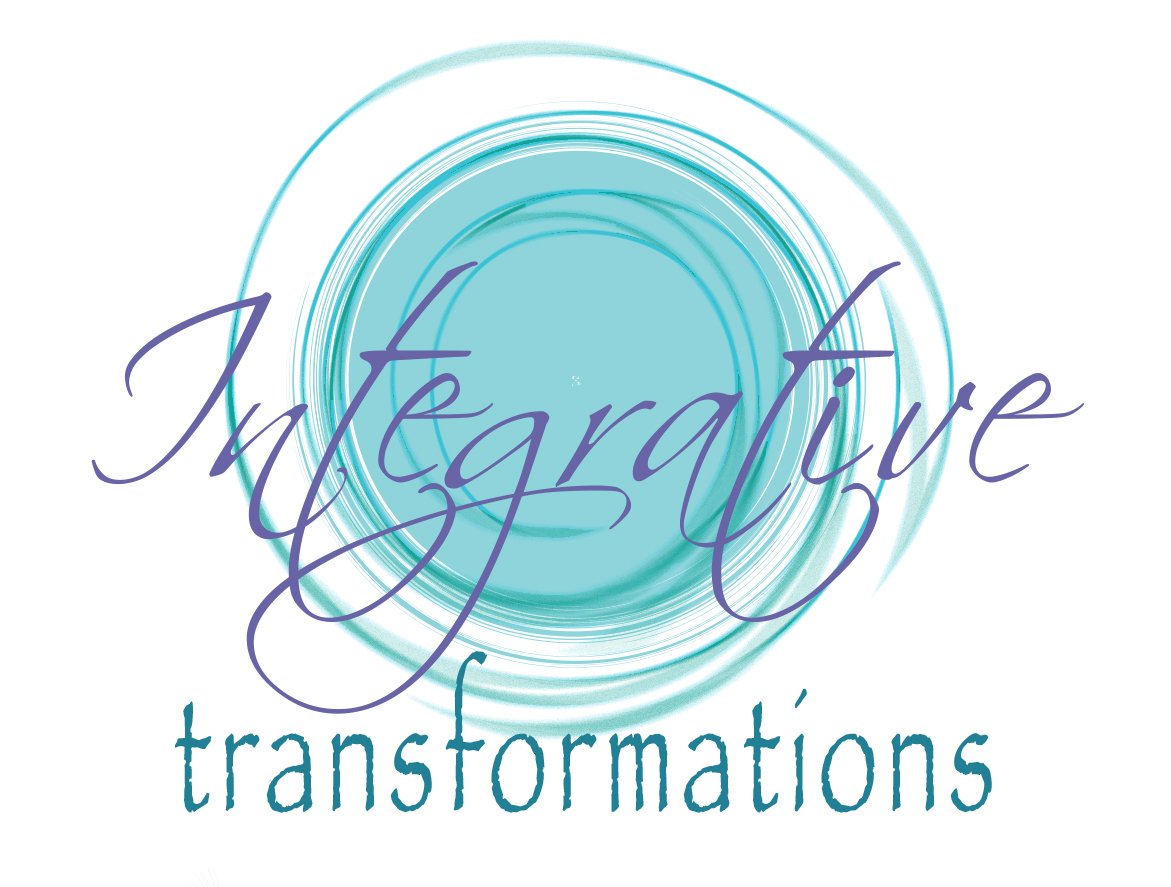GIM LEVEL III: CLINICAL SPECIALIZATION
The Level III is an in-depth study and practice of GIM that may be completed in two to four years. Upon completion of the Level III program, students can apply to become a Fellow of the Association for Music and Imagery. The following are the core training modules of the Level III program. There are two to three modules offered in a year. Successful completion of Level II and application form and fee are required for entry into Level III. Those seeking to transfer into our Level III advanced training from a program not affiliated with the Atlantis Institute for Consciousness and Music will need to contact us prior to registering to discuss the requirements that would need to be met to make application.
LEVEL III TRAINING MODULES
Advanced Clinical Techniques
This module highlights the clinical issues that are addressed by the advanced music programs. These clinical issues include anxiety and panic disorders, depression and other mood disorders, addictions, and trauma and PTSD. You will learn:
Advanced guiding interventions, with special emphasis on music interventions
Clinical application of GIM for client issues including depression, anxiety, panic disorder, trauma, addictions, anger
Application of GIM with children, adolescents and adults in individual and group work
Non-clinical application of GIM for creativity, personal growth, career exploration
How to use the ten advanced music programs to address various client issues
Indications and contraindications of GIM for individual and group work
Increased skill in conducting initial client interview, assessing readiness for GIM
Myth and Archetype
This module focuses on Jungian archetypes and the Archetypal Psychology theory of Carol Pearson. The participants have the opportunity to discover how music evokes various archetypes and how to use these archetypes in therapeutic practice. Emphasis is also placed on the therapeutic power of myth as identified by Joseph Campbell and others. You will learn:
The role of myth and archetype in various cultures and the relevance for GIM
Understand and work with Pearson’s archetypal psychology and Heroic Myth Index
Increase familiarity with Jung and the seven major archetypes in his work
Relevance of myth and archetype for clinical populations and for creativity/personal growth
How to use the three myth and archetype music programs in your work
The use of ritual and ceremony to support client life transitions
Music and The Psyche
In this training the musical elements most conducive for this method are identified and discussed in greater detail than in other modules. In addition, focus is placed on the participant’s furthering of their relationship with music as co-therapist. You will learn:
Greater appreciation for music as co-therapist to address client issues
Increased understanding of fundamental concepts of music, musical forms
Use of music as homeopathic remedy
How to analyze music programs for use in GIM
Improved proficiency with music interventions
Music and the Transpersonal
Emphasis is on the expanded states of consciousness evoked by certain music programs. We will explore the theories of consciousness as highlighted by Stan Grof, Ken Wilbur, John Welwood, Carl Jung, and Robert Johnson, and how these theories relate to the experience of guided imagery and music. You will learn:
Key elements of Transpersonal Psychology and states of consciousness research
The relevance of the work of Jung, Johnson, Wilbur and Grof to GIM
Identifying and working with spiritual/transpersonal imagery and symbology
Supervised practice sessions in guiding transpersonal imagery
How music can be a transmitter of spiritual or transpersonal/expanded states of consciousness
Identifying client readiness for using GIM for transpersonal exploration
How to use the three transpersonal music programs in your work
Supervision Module
Enables the student to enhance their proficiency in selecting music to match the client’s intention, providing an appropriate relaxation induction, utilizing effective interactive guiding interventions, assessing the client’s imagery experience, and providing a beneficial post-music session processing experience. You will learn:
Increased proficiency in identifying client issues and intention and choosing music
Increased proficiency in conducting relaxation inductions to match client issues
Increased proficiency in advanced guiding interventions with supervised practice
Increased proficiency in GIM post-session processing techniques to identify key themes

